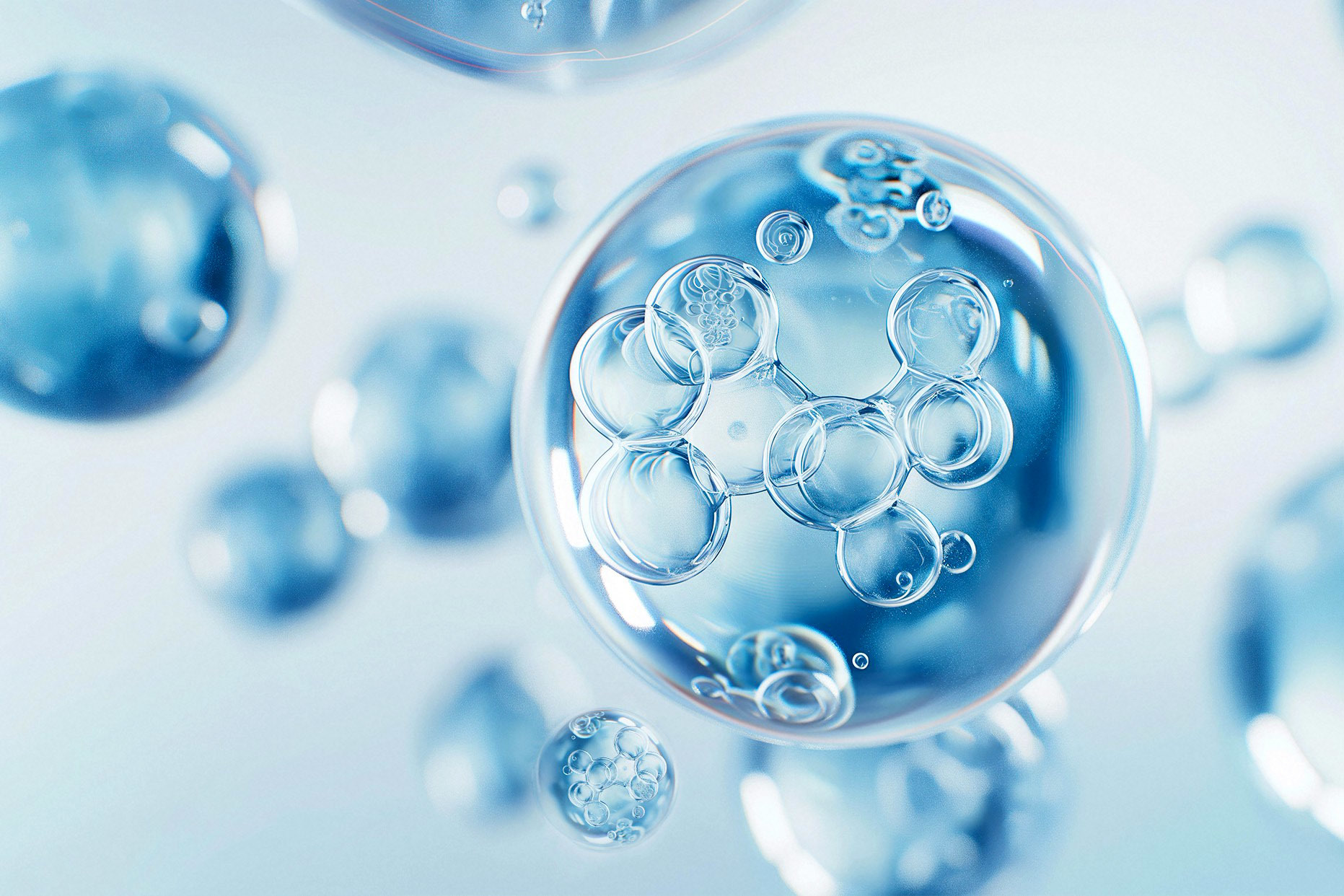Phenolphthalein: The Color-Changing Marvel in Chemistry
May 04,2025
Introduction to Phenolphthalein
Ever heard of a compound that can turn from colorless to vibrant pink with just a little tweak in pH? Well, that’s the magic of Phenolphthalein! This organic compound has been a staple in laboratories and classrooms for ages, but its applications extend far beyond the confines of beakers and test tubes. Let’s dive into the colorful world of Phenolphthalein and explore its intriguing uses!
What is Phenolphthalein?
So, what exactly is Phenolphthalein? In simple terms, it’s a pH indicator, often used in titrations to determine the acidity or basicity of a solution. It’s a colorless liquid in an acidic environment, but when the pH level climbs above 8.2, it transforms into a stunning pink hue. Talk about a dramatic change!
Where is Phenolphthalein Used?
Now, let’s get into the nitty-gritty of where you might find this chameleon-like compound in action.
1. In the Lab
In the world of chemistry, Phenolphthalein is the go-to indicator during titration experiments. Chemists rely on its striking color change to assess the endpoint of a reaction. When performing a titration between a strong acid and a strong base, the moment they see that first hint of pink, they know they’ve hit the sweet spot!
2. In Education
Teachers love using Phenolphthalein in chemistry classes. It’s not just about the science; it’s about the visual appeal that keeps students engaged. Imagine a classroom filled with students eagerly anticipating the moment the solution changes color. It’s a real showstopper!
3. In Pharmaceuticals
But wait, there’s more! Phenolphthalein also finds its way into the pharmaceutical industry. It’s used as an ingredient in some laxatives, helping to facilitate bowel movements. Yep, you heard that right. A color-changing compound playing a role in digestive health!
The Science Behind the Color Change
Alright, let’s get a bit technical, shall we? The color change of Phenolphthalein is due to its structure, which can donate or accept protons (H+) based on the solution's pH. In acidic solutions, it exists in a protonated form, which is colorless. As the pH rises and it loses protons, it transitions into its deprotonated form, which gives that eye-catching pink color. Chemistry is full of surprises!
Cautions and Considerations
Now, before you rush off to play mad scientist, here’s a quick heads-up. While Phenolphthalein is widely used, it’s not without its cautions. It’s essential to handle it safely, as ingesting it can lead to health issues. Always wear gloves and goggles when working with it in the lab, folks! Safety first!
Conclusion
To wrap it up, Phenolphthalein is not just a pretty face in the world of chemistry. With its versatile applications—from the classroom to the pharmacy—it’s a compound that showcases the beauty of science in action. Next time you see that pink color pop up in a lab experiment, remember the journey it took to get there. Phenolphthalein truly is a color-changing marvel!







